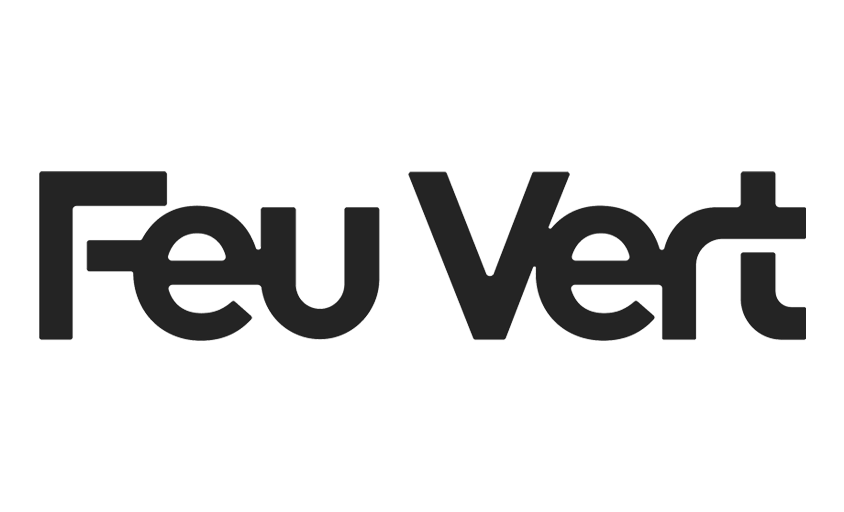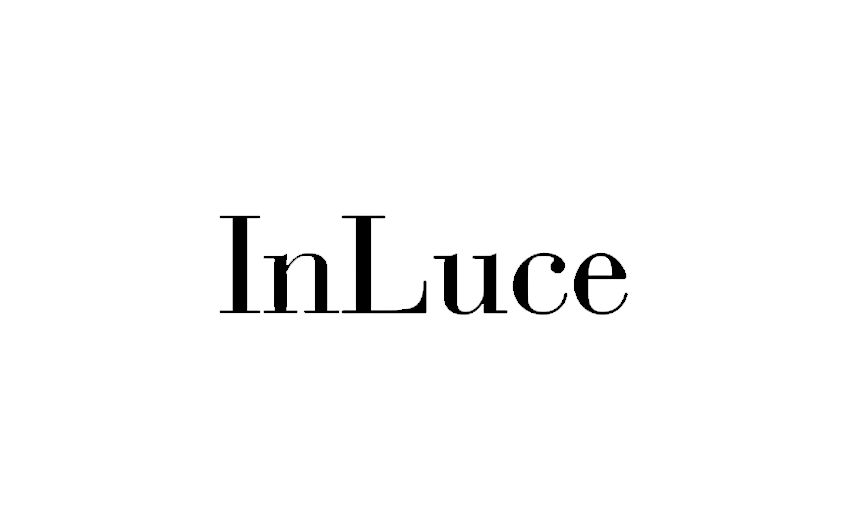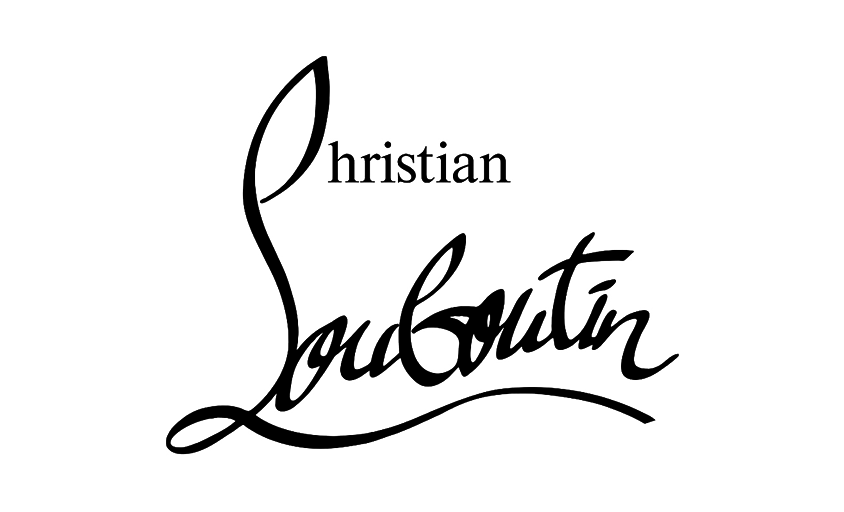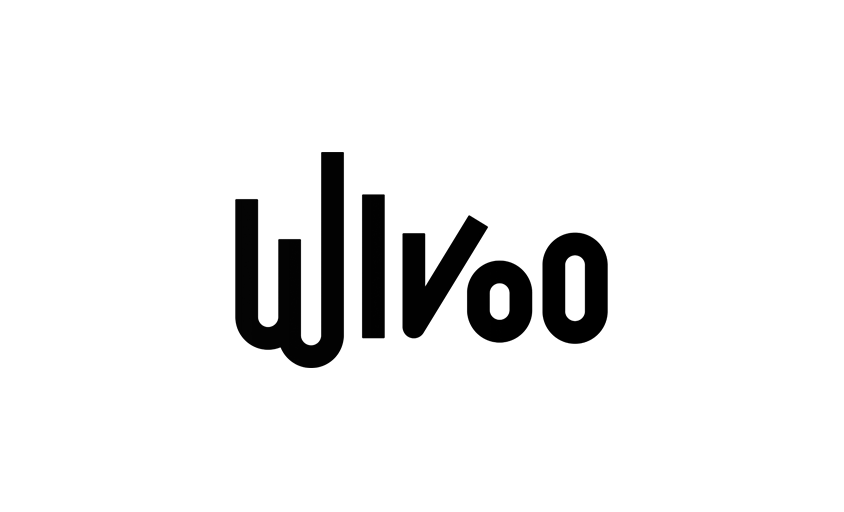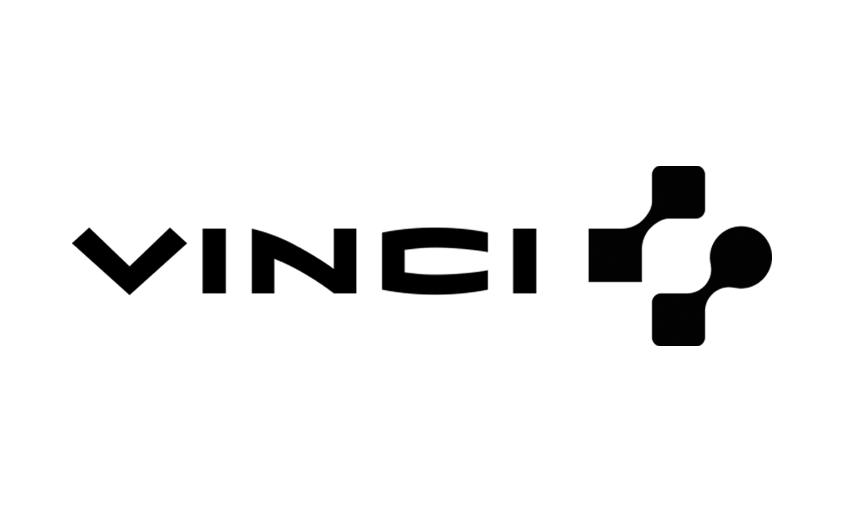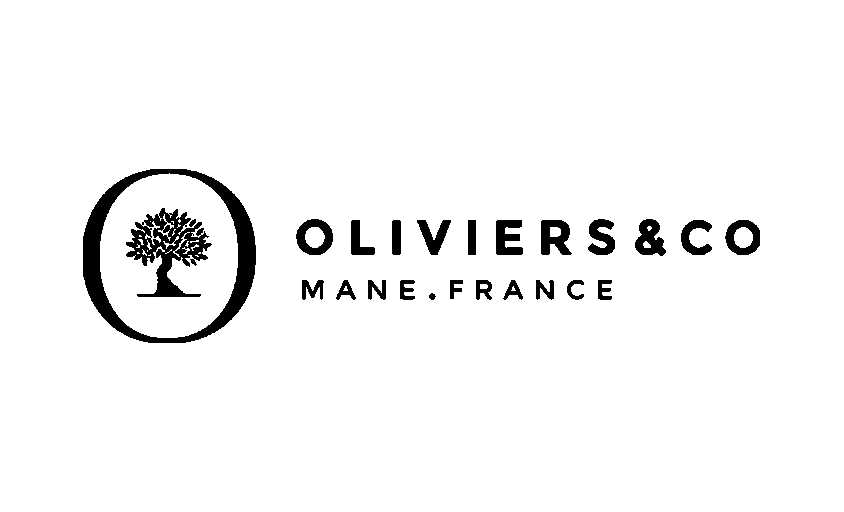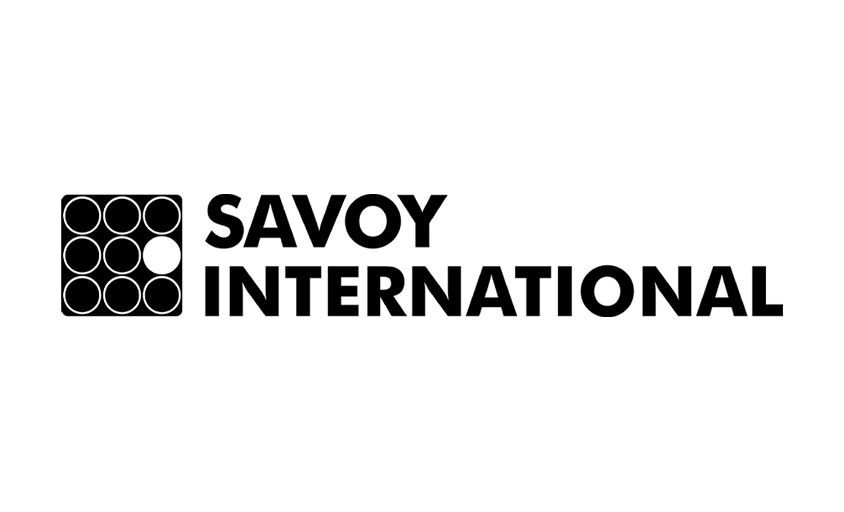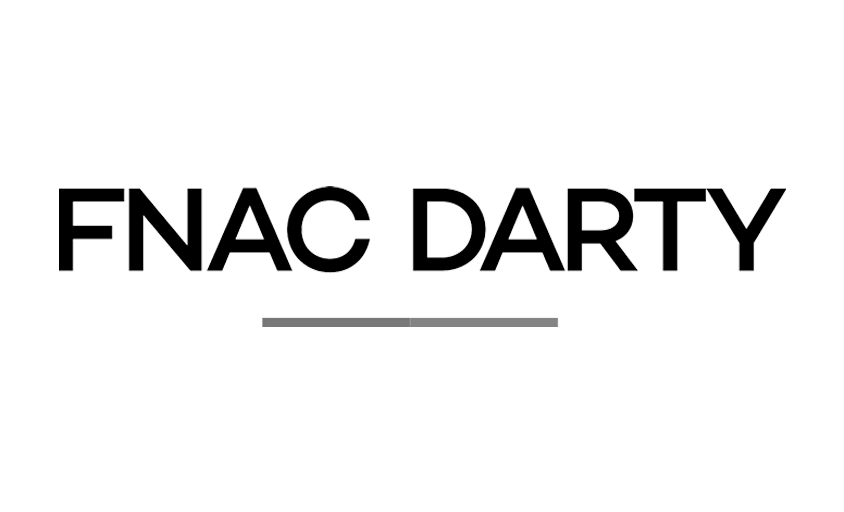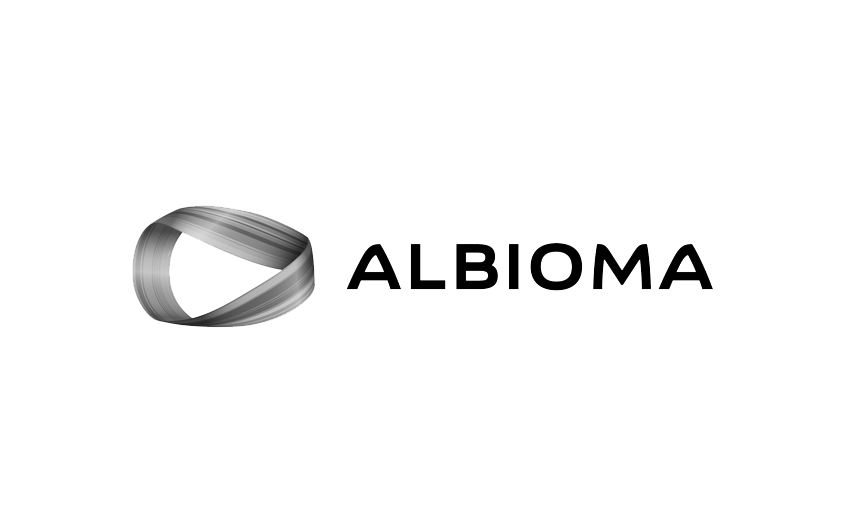Image Rights in the Workplace
In this article :
When running a company, understanding the image rights of your employees is crucial, especially during corporate shootsfor communication purposes. Image rights are one of the key rights that govern the use of your employees’ likeness, whether for an employee directory or internal portraits, and require their prior consent.
In this article, we will explore image rights in the workplace, focusing on its importance, practical applications, and the essential steps to ensure compliance with this regulation.
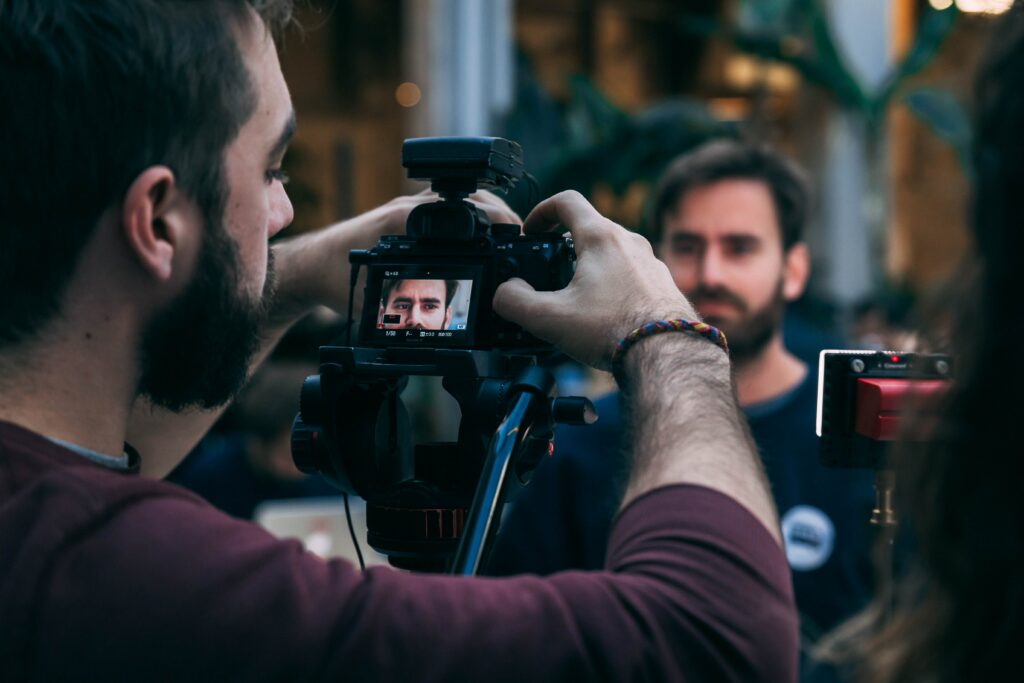
What is image rights in the workplace?
Image rights and image rights in the workplace are essentially the same concept. It is a component of the right to respect for private life, as stated in Article 9 of the Civil Code: “Everyone has the right to respect for their private life.” This is a fundamental right widely recognized and supported by the European Court of Human Rights.
Three rights stem from the right to respect for private life:
- The right to image;
- Professional and medical confidentiality;
- Protection of intimacy and the home.
The right to image allows individuals to decide whether they permit or refuse the reproduction or public distribution of their image. Employee image rights in the workplace are the same: an employee’s status does not strip them of their essential right to respect for private life, including their right to their image.
Therefore, an employer cannot use the image of their employees, whether for image capture or distribution, without obtaining their prior consent. We will examine this concept of consent in more detail later.
In practice, this right to image is enforceable when two specific conditions are met:
- The image is captured in a private space or in a public place where the employee is isolated and identifiable. A group in a public place can be photographed without their consent, and this does not violate privacy rights.
- The employee is recognizable. Recognition can occur through their face, even if they are not looking directly at the camera, or through distinctive marks such as tattoos, or the surrounding decor during the photoshoot.
This is why, during employer branding photoshoots, it is crucial to address this issue when recruiting employees for the project.
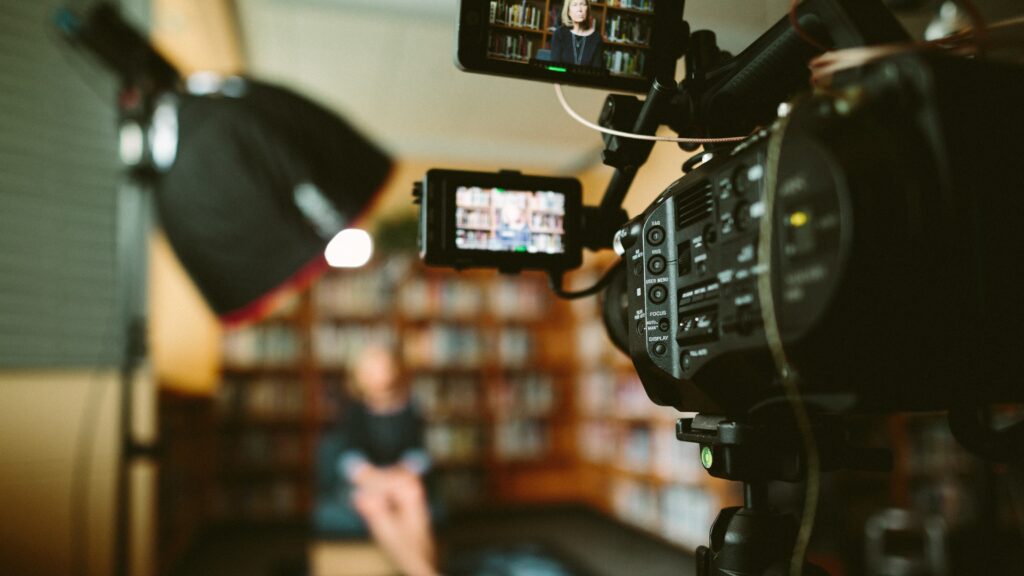
How does this concern the company?
Internal Information Distribution within the Company
Within companies, internal communication is a crucial link in human resources management. This may include creating organizational charts, employee directories (trombinoscopes), or updating the company’s intranet.
However, before capturing and disseminating this information, it is essential to ensure that the prior consent of the employees concerned has been obtained. This step is vital to respecting their image rights and avoiding potential legal issues in the future.
Use for Advertising or Commercial Purposes
Companies often need to use their employees’ images for advertising or commercial purposes. This can involve incorporating photos or videos of these employees on the company’s website, in advertisements or promotional brochures, or for recruitment campaigns.
However, it is imperative that the company obtains explicit consent from the employees for such use. Failure to comply with this rule is considered a violation and exposes the company to claims for damages from the affected employees. The amounts of these claims are generally determined on a case-by-case basis, depending on the impact that the dissemination of the images may have on the employees’ personal or professional lives.

Obtaining Written Consent
Respecting image rights in the workplace is essential, especially when it comes to using your employees’ images on your website or other communication materials. To do so, it is crucial to obtain prior consent from employees in the form of written authorization. This authorization should be detailed and include the following information:
- The identity of the person whose image will be used.
- The identity of the person or company that will use the image.
- The specific time of the capture, dissemination, or reproduction of the image.
- The communication materials on which the person authorizes the distribution of their image.
An oral agreement from an employee to be photographed or filmed is not sufficient. To avoid any ambiguity and prevent potential disputes, it is strongly recommended that the employee gives their consent in writing. This consent can be included in the employment contract, an addendum to the contract, or formalized through a specific image rights authorization form.
Regardless of the chosen format, the document signed by the employee must be precise and contain the following information:
- Employee identification: name, surname, date of birth, and address.
- Employer identification: name, address, SIRET number, and legal representative’s name.
- Name of the project (e.g., employee photographs for a promotional brochure, filming of a promotional video, etc.).
- Purpose of the project, specifying the context and how the images will be used (e.g., distribution of a promotional brochure in specific areas, video of a company seminar shared on the intranet, etc.).
- Distribution medium, for example: website, print media, online media, TV channels, social media, intranet, etc.
- Scope of distribution, particularly if it is planned for the internet, specifying whether it concerns a global audience.
- Expected duration of image usage.
- Mention of any potential compensation, if applicable, for example, in the case of participation in a promotional video or advertisement.
It is important to note that this authorization is limited to the specific intended use. If the company later wishes to use the same image for other purposes, it must seek the employee’s authorization again.
Additionally, it may be relevant to include an image rights transfer clause in the signed document. This clause allows the company to secure the use of the image within a defined framework, clearly stating whether the use is free of charge or subject to compensation. However, the transfer is only valid if it is precisely defined: the duration, media, and territory must be thoroughly specified. An overly vague transfer could be deemed invalid in the event of a dispute.
Finally, for legal security and to avoid disputes, it is recommended to always obtain written consent from employees. Of course, if an employee refuses to give consent to be photographed or filmed, they must be excluded from the photoshoot, and it is also possible to blur their face in the images to ensure their anonymity.
After the End of the Employment Contract
The protection of an employee’s privacy and the respect for their image rights continue even after the termination of their employment contract. Therefore, any use of an ex-employee’s image also requires their consent.
However, it is possible for an employee to grant permission for the continued use of their image, whether during their employment or after they have left the company.
Two cases illustrated by case law:
- Departure of an employee without authorization for use after leaving the company (CA Chambéry, April 21, 2009, n°08-2089 SAS Vacances ULVF v. Chiberches).
Example of Updating the Website After an Employee’s Departure:
If the name and photo of a dismissed employee remain on the company’s website for an undue period after their departure, this could be considered an infringement of their rights and therefore cause harm. The employer must ensure that the website is updated immediately and obtain the ex-employee’s consent. - Departure of an employee with authorization for prolonged use after leaving the company (Court of Cassation Soc., December 18, 1996, n°93-44825).
When an employee authorizes their employer to use their photo for promotional purposes for an extended period, such as up to 10 years after the end of the employment relationship, the employer is generally not required to provide financial compensation to the employee for this authorization.
Procedure for Withdrawal in Case of Non-Compliance with Image Rights:
If an employee’s image is captured, disseminated, or reproduced without their prior consent, several steps can be followed to resolve the situation.
1. Amicable Resolution: The first step is to try to resolve the issue amicably by contacting the person or company responsible for capturing, disseminating, or reproducing the image. A discussion or negotiation may help resolve the dispute.
2. Legal Action: If the responsible party refuses to remove the disputed image, legal action can be taken to seek its removal. Two options are available:
- File a Complaint: A complaint can be filed against the person who disseminated the image without consent, either at the police station or by letter.
- Interim Judge: In serious cases requiring swift action, it is possible to approach an interim judge. This emergency procedure is carried out within 48 hours. To initiate it, one must demonstrate an infringement of a fundamental right, such as the right to privacy, and the need for urgent measures. The interim judge will issue provisional measures pending a final judicial decision.
It is recommended that the employee send a formal notice by registered letter with acknowledgment of receipt, specifying the images in question, the platforms or media where they were published, and requesting their removal within a reasonable timeframe (for example, 15 days). The employee may also rely on Article 226-1 of the French Penal Code, which protects against violations of privacy through the recording or distribution of a person’s image without their consent.
Additionally, if the image is published online (on websites, social media, videos), the employee can directly report the content to the relevant platforms (YouTube, LinkedIn, Instagram, etc.), which typically provide specific forms for privacy or image rights violations. This can lead to the suspension or swift removal of the offending content.
What are the risks for the company?
A company that publishes an employee’s image without obtaining prior authorization exposes itself to several types of penalties:
- Civil liability: The employee may claim damages for infringement of privacy. The amounts vary depending on the extent of the distribution and the harm suffered (damage to reputation, personal discomfort, etc.).
- Criminal liability: Article 226-1 of the French Penal Code provides for a sentence of up to 1 year of imprisonment and a €45,000 fine for recording or distributing the image of a person without their consent in a private context.
- Professional consequences: Failure to respect image rights can also result in a loss of trust within the team, and potentially lead to reports to the labor inspectorate or the DPO (Data Protection Officer).
Employers are therefore strongly encouraged to systematically obtain written authorizations in order to avoid disputes and protect both their interests and those of their employees.
Conclusion
In conclusion, respecting employees’ image rights is essential, whether during their employment or after they leave the company. It is a key factor for success in organizing a corporate photoshoot. Obtaining explicit consent and knowing how to respond in case of non-compliance with these rights are crucial aspects of human resources management and the protection of employees’ privacy.
This should be done prior to a corporate shoot to properly control the dissemination of the images you will have helped create. Have a question? Don’t hesitate to contact us!
Disclaimer – Informational Purposes Only
The information provided in this article is for informational and educational purposes only. We would like to emphasize that we are not lawyers, and the information presented here does not constitute professional legal advice.
Although we strive to provide accurate and up-to-date information, we cannot guarantee the completeness or accuracy of this information. Laws and legal regulations may vary depending on jurisdiction, evolve over time, and depend on individual circumstances.
If you require specific legal advice or are facing legal issues, we strongly encourage you to consult a qualified lawyer or legal professional. A lawyer can review your particular situation, provide appropriate legal advice, and guide you in compliance with applicable laws and regulations. The use of the information contained in this article is at your own risk, and we disclaim any responsibility for any damages or harm that may result from its use. You are responsible for making informed legal decisions by consulting a lawyer or legal expert if needed.
By using this article, you agree to these terms and conditions of the disclaimer.
Sources:
- Legifrance :
- Article 9 – Civil code
- Article 226-1 – Penal code
- Article 226-8 – Penal code
- Legalstart & Gereso
- Legifrance :
Jérémy Carlo is the editorial director at Rétines, where he ensures the consistency and clarity of all content produced by the studio.
Our Clients
Let’s discuss
What we do for you at Rétines
Meticulous work, an organised project and fast delivery. And to achieve this, we mobilise the right resources in our teams at the right time.
01
Pre-production
Artistic and technical direction tailored to the project.
Relevant recommendations on content, form and resources.
02
Photo Shooting
Photos taken by our experienced photographers.
Production that’s controlled, efficient and tailored to the needs of the project, with nothing superfluous.
03
Retouching
Technique
Photographs magnified by our retouching team.
Post-production to meet the commercial challenges of the brief.

